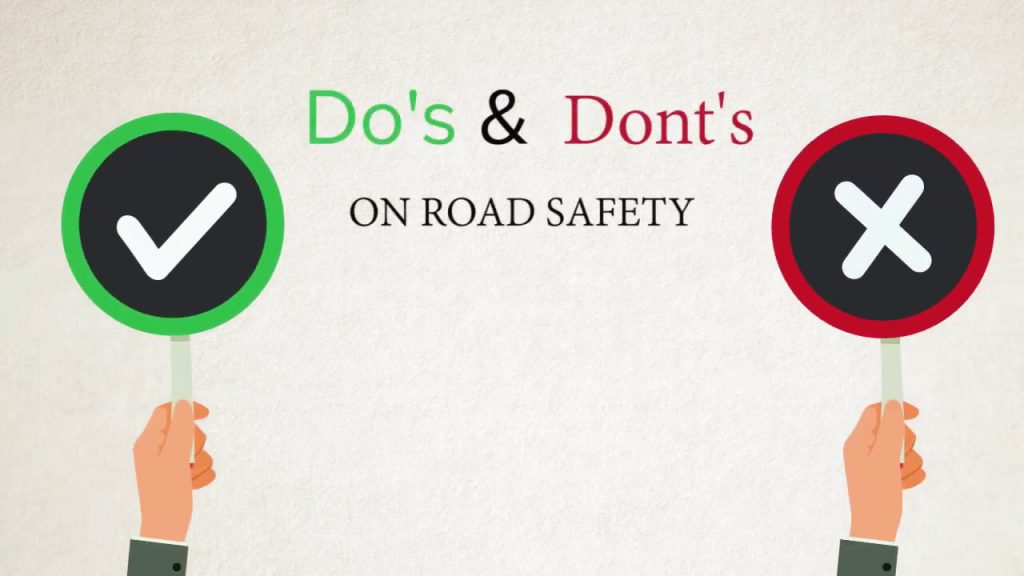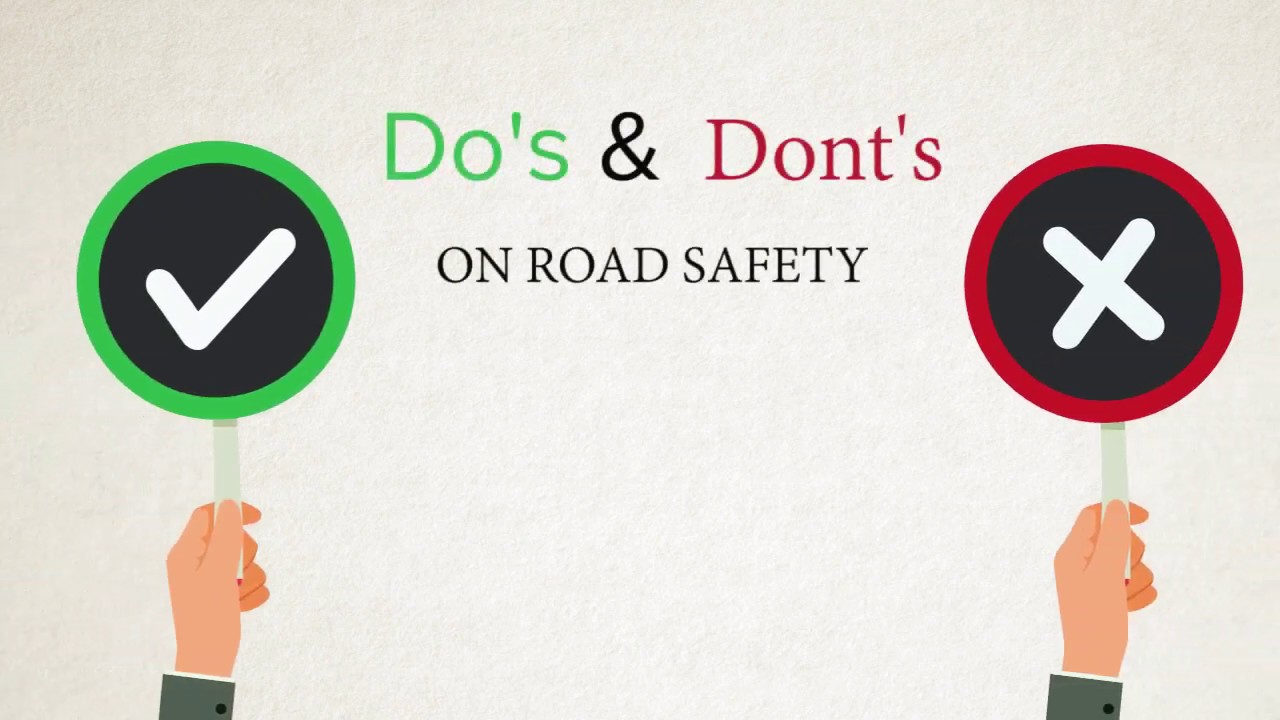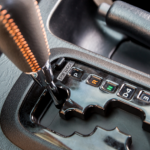Whether you recently received your driver’s license or have been driving for years, brushing up on defensive driving tips can help you stay safe on the road and avoid costly citations.
Defensive driving is a set of safe driving techniques that reduce your risk of accidents and promote road safety and responsibility. Defensive driving focuses on anticipating and reacting to potential hazards, minimizing the chances of a collision. By incorporating these principles into your driving habits, you make the roads safer for yourself and others and reduce the risk of car accidents.
This article reviews defensive driving and safety tips for behind-the-wheel practices that could save you from a traffic ticket or collision. For more information, see FindLaw’s Traffic Laws section.

The Do’s
- Do always wear your seat belt. This is the most effective way to avoid serious injury or death if you are in a collision.
- Do always check your blind spots before changing lanes. Even the most sophisticated vehicle technology may miss blind spots.
- Do keep small children in tested and approved car seats, no matter how much they beg or plead to get out. Take frequent breaks so that little ones can stretch their legs.
- Do periodically review the official rules of the road for your jurisdiction, and follow them always. The National Highway Traffic Safety Administration (NHTSA) is a great resource.
- Do follow the posted speed limits. Adjust as necessary for adverse weather. Slow down in rain, snow, or fog, and increase your following distance.
- Do pay attention when driving, even if you are familiar with the area. A surprising number of accidents happen only blocks from home. Always stay alert.
- Do be courteous toward other drivers, especially in heavy traffic and rush hour.
- Do give pedestrians the right of way in crosswalks.
- Do make room for bicycles. Always check for bicyclists before turning at an intersection.
- Do pay for your parking or traffic tickets on time, unless you plan to contest them.
- Do keep a winter survival kit in your car for bad weather conditions. Winter driving can be dangerous due to inclement weather and adverse road conditions. Among other things, a survival kit should contain a cellphone and emergency charger, matches, hand warmers, flares, a working flashlight, food, water, and blankets.
- Do ensure that your spare tire is in your car and that you have a working jack.
- Do make time for routine preventative maintenance on your car. Breakdowns can be dangerous and costly.
- Do plan your route in advance for long car trips. Keep a map, copy of directions, or atlas in the car in case you get lost or lose cell service.
- Do watch for potentially impaired or distracted drivers. Erratic movements, weaving, or slow reaction times may all be warning signs of a dangerous driver. Pull over and contact law enforcement if necessary.
- Do show respect for construction workers by showing extra caution in work zones. Speeding in a construction zone may also result in especially steep fines.
The Don’ts
- Don’t drink alcohol and drive, and don’t get in a car with a driver who has been drinking or using drugs.
- Don’t make assumptions about what other motor vehicles are going to do. Just because someone has their turn signal on does not mean they will turn.
- Don’t assume that other cars know what you are doing, either. Make sure you use your turn signals, and give yourself and the cars around you plenty of room to maneuver.
- Don’t tailgate other cars or follow too closely. Always maintain a safe following distance. If you rear-end another vehicle, the insurance company will likely find you at fault.
- Don’t pass on shoulders, fail to yield, or run stoplights or stop signs — even if no one else seems to be around. Obey all road signs and traffic signals.
- Don’t play your car stereo so loudly that you are disruptive to other motorists. Ensure you can hear train signals or emergency vehicle sirens over your music.
- Don’t talk on your cellphone while driving. If you need to make or answer a phone call while driving, pull over at a safe place, use the phone, and resume your journey.
- Don’t use your phone during a traffic jam. Resist texting or checking your social media even while stuck in traffic. Distracted driving is unsafe, even in slow or stopped traffic conditions.
- Don’t engage in other activities while driving that distract your attention or reduce your reaction time. Eating, changing clothes, or putting on makeup while driving is dangerous. In some states, you can be ticketed for “driver inattention” for these activities.
- Don’t treat a car like it is a toy. Don’t use your car to play chicken, race, or give another car a “friendly tap.”
- Don’t let your emotions and frustrations get the best of you. Aggressive driving is dangerous and illegal. Don’t engage in road rage, no matter how irritating another driver might be.
- Don’t drive while drowsy. Ensure you are well-rested before a long drive, and pull into a safe place to rest if needed. Drowsy driving and fatigue can impair your reaction time and defensive driving ability.
One More Do: Speak to a Traffic Ticket Lawyer
If you have been issued a traffic citation despite these safe driving tips, an experienced traffic ticket lawyer in your area may be able to help. An experienced attorney understands traffic law and can represent you in court if necessary.



